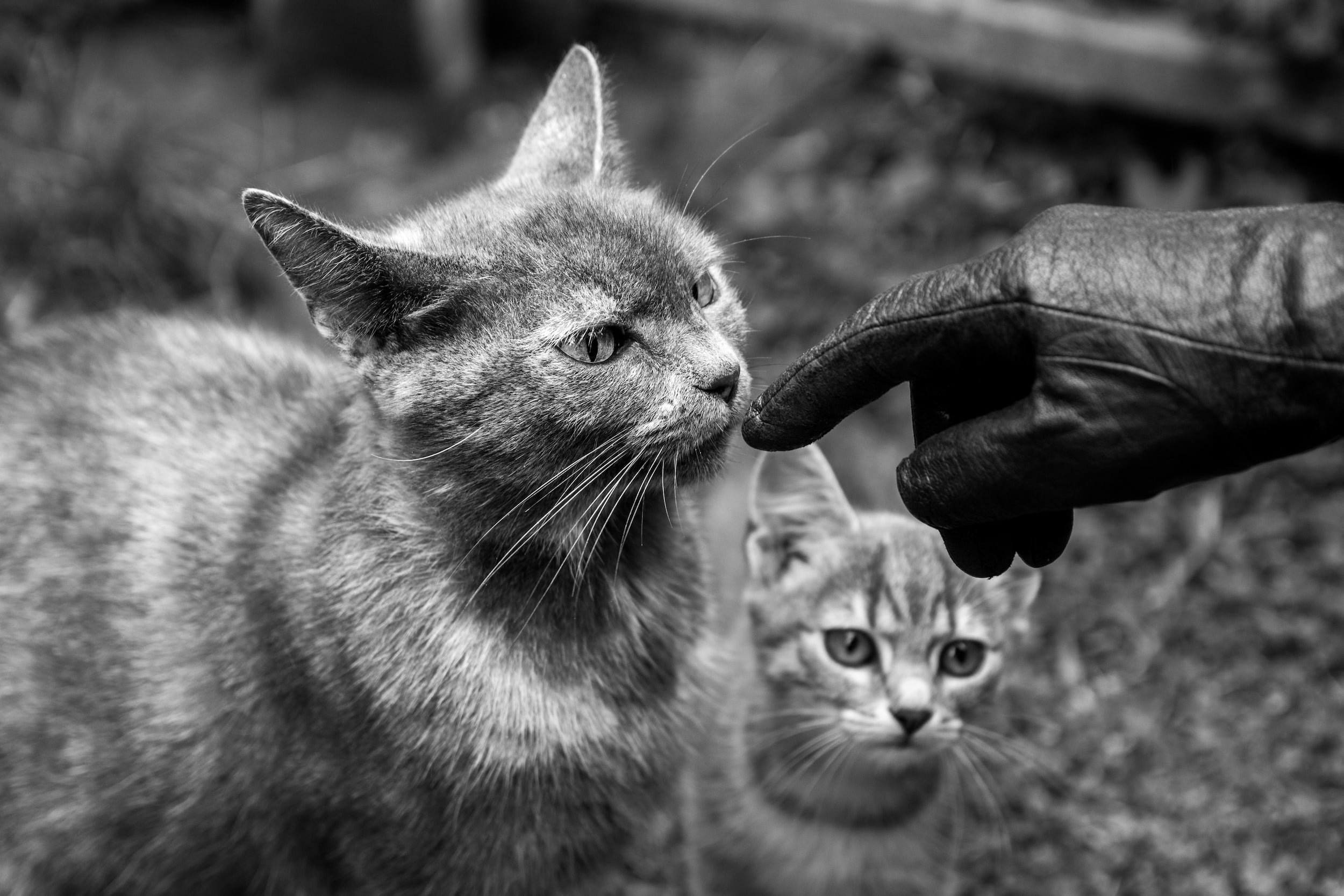
The Approach Sequence
It’s really important to let the cat out of the playpen and let the cat roam in a bedroom or the main home by the time the cat graduates the Petting Sequence (or as early as completing Four Paws Up with Legs Extended) so that you can work on the Approach Sequence. The primary goal of SSL is to get scared rescue cats adopted and be happy in a home. Most adopters want a cat who doesn’t run away when the adopter approaches so this is an important step in the socialization process!
You should still do daily sessions with the cat. Do the next step of “Petting without Treats” in parallel to the Approach Sequence because “Petting without Treats” is the step that takes the longest.
The Approach Sequence
When the cat completes the Approach Sequence, you can walk towards the cat in a normal way and pet the cat. But to get to that point, we need to break this down into smaller steps that aren’t scary for the cat and create a positive association. This is when we start to use dry treats or kibble. Ideally you use a yummy dry kibble that the cat really likes because you should only give maximum 10-15 pieces of dry treats a day otherwise the cat can get diarrhea. When you use kibble, you can do this 30 times a day! The more often you do this, the quicker the cat will complete the Approach Sequence because it is a matter of repetition. When you place the containers of dry kibble strategically throughout the home in hard containers (that the cat can’t chew through), it will only take 1-2 seconds each time you do this—multiplied by 30 times a day, and that totals only 1 minute a day.
The Approach Sequence - Petting the cat’s head
When you get to the stage of petting the cat’s head in the Approach Sequence, make sure your hand comes in low and goes around the head of the cat.
Variations
-
Coming Soon